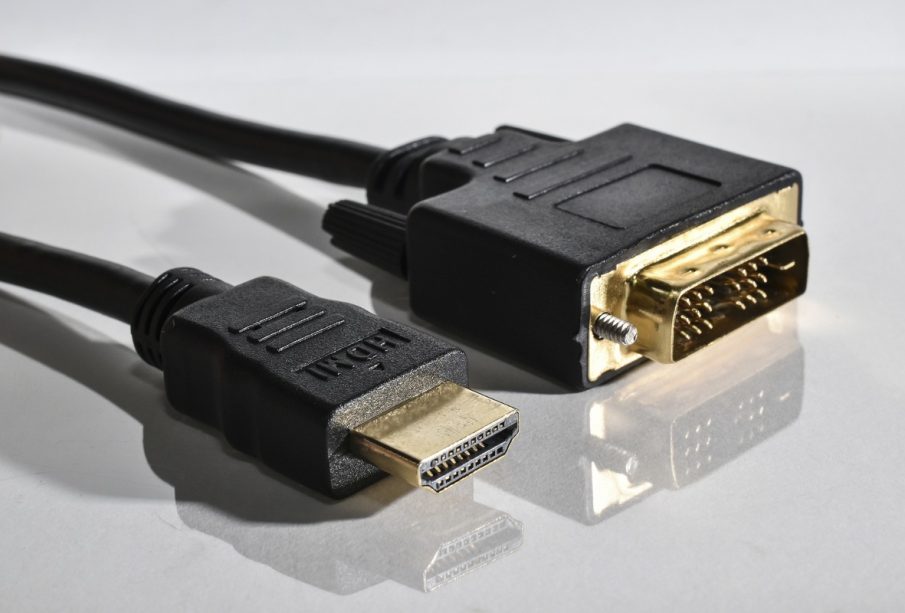Different Types of DVI Connectors and Cables and Their Advantages

The DVI is the acronym of Digital Visual Interface is a form of digital video interface which was developed by Digital Display Working Group or DDWG. The DVI is capable of supporting and transmitting both the Analog as well as the digital video signals through a single DVI cable in comparison to its counterpart VGA technology which was prevalent till 1999 until DVI replaced the VGA. Since then, the DVI connectors and cable have been very popularly used in LCD monitors, projector, computers and other digital display devices. Get in touch with PrimeCables in order to avail the best DVI connectors and cables.
Earlier, in order to receive image data from the graphics cards of the computer traditional CRT or the Cathode Ray Tube displays used Analog signalling. In this process, the early graphics cards required their native digital signals to be converted into Analog signalling to support CRT monitors. Now that the LCD monitors are digital display electronic devices they needed to be capable of adapting and accepting the Analog signalling and needed to be compatible with the majority of computers. Therefore, the LCD monitors in order to receive the Analog output, the signalling had to be again reconverted into digital signalling.
Eventually, when both the LCD as well as the computer are capable of receiving and transmitting digital signalling, the need for converting the Analog signalling into digital signalling became insignificant and unnecessary. In addition to this, the frequent conversions of Analog to digital and digital to Analog signalling often resulted in the loss of information and data inaccuracies. Ultimately the DVI digital connection, as well as the DVI cable, removed the process of Analog to digital and digital to Analog conversion and related inaccuracy and information loss. The DVI connectors and cables have been proved extremely versatile with the flexibility to adequately support the digital devices while compatible with Analog devices.
There are different types of DVI connectors and cables namely DVI-D single link, DVI-D dual-link, DVI-A Analog, DVI-I single link, DVI-I dual link and mini DVI. The DVI-D single link supports digital-only displays with a screen resolution of 1920 x 1080p whereas the DVI-D dual link supports much higher resolution of 2048 x 1536. The DVI-A Analog is very rare and supports only the Analog RGB signalling. The DVI-I single link supports both Analog as well as digital signalling through a single cable along with the DVI-I dual links which have extensively more resolution.







